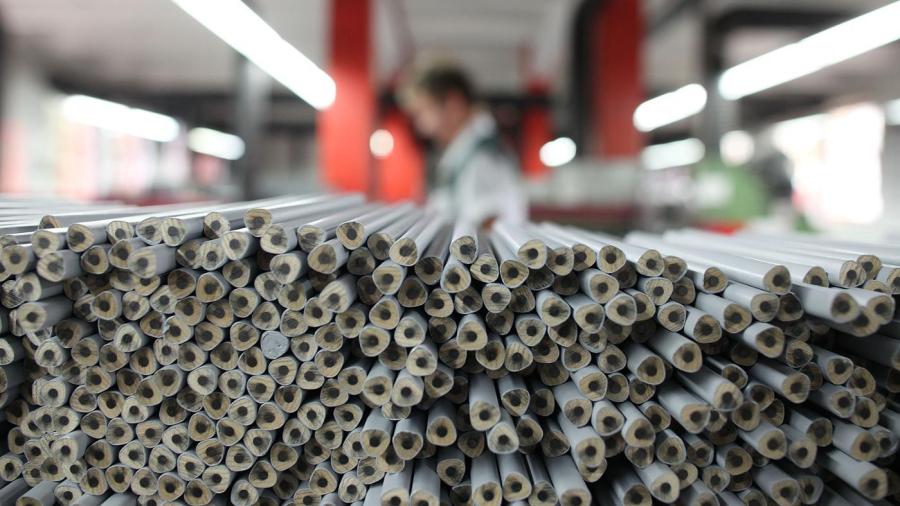Why Is Graphite Used in Pencils?

Graphite is used in pencils because of its ability to leave gray marks on paper. It was originally thought to be a form of lead.
In spite of the name, lead pencils do not actually contain lead. During the Roman Empire, lead rods were used for writing on papyrus. In the 16th century, a large deposit of graphite was discovered in England; shortly after this discovery, graphite became a common material used for writing. It was originally thought to be a darker form of lead and was therefore given the name “Blacklead” or “plumbagoi.”
In the late 1700s, a Swedish chemist determined that graphite was a form of carbon rather than lead. The name of the substance was soon changed to graphite, after the Greek word for “to write.”
Ink was commonly used for writing — applied using a device called a “peniculus” — from which the word “pencil” is derived. Early forms of pencils involved a graphite rod wrapped in string and inserted into hollow sticks. Eventually a mixture of graphite and clay was developed that eliminated the need for string and produced a harder substance that could easily be inserted into hollow rods. Altering the ratio of graphite to clay produces variations in the darkness of the markings made by the pencil. Adding other materials such as dye, wax, water or charcoal can produce pencils used for other purposes, including cosmetics and art.





